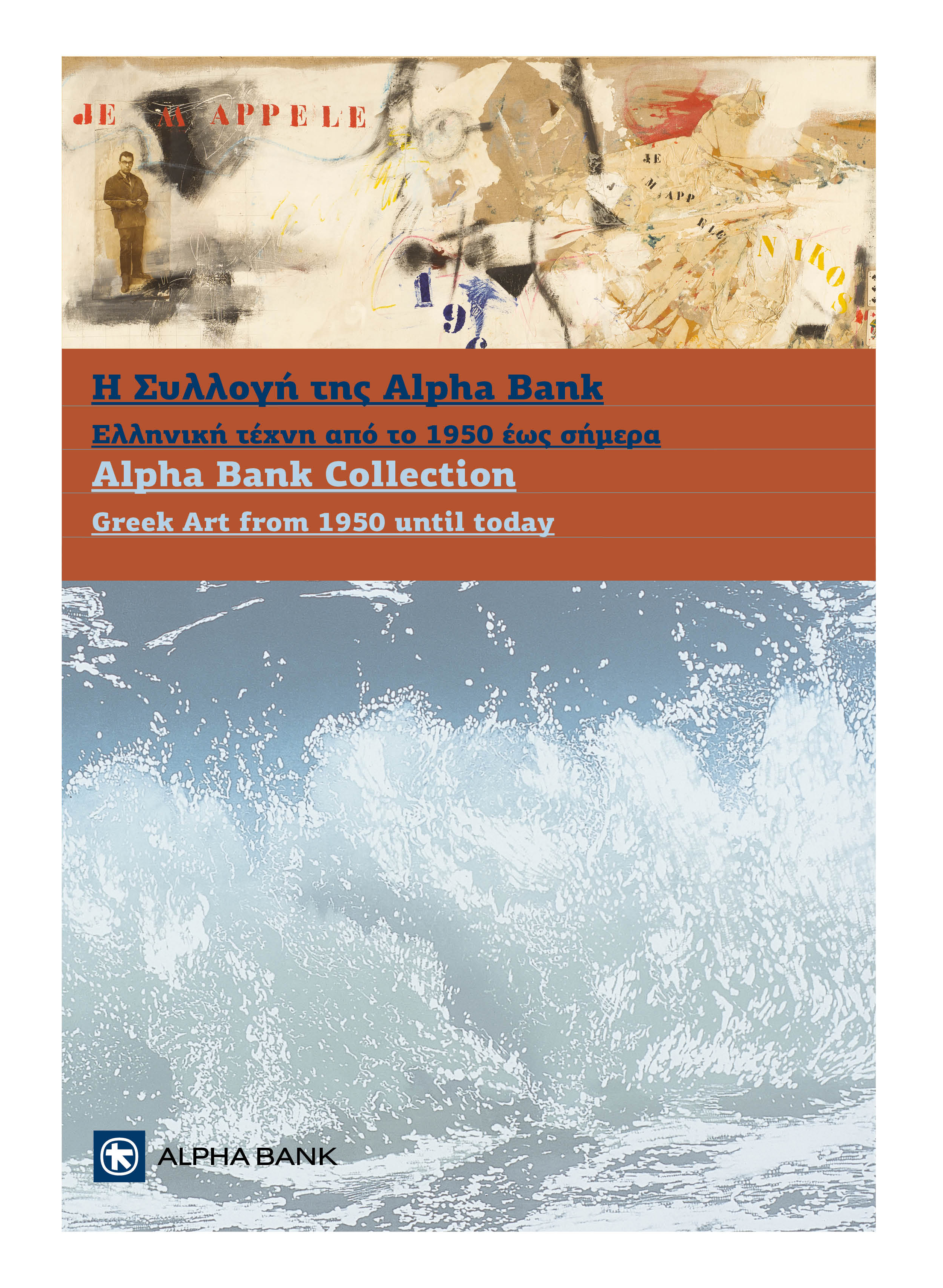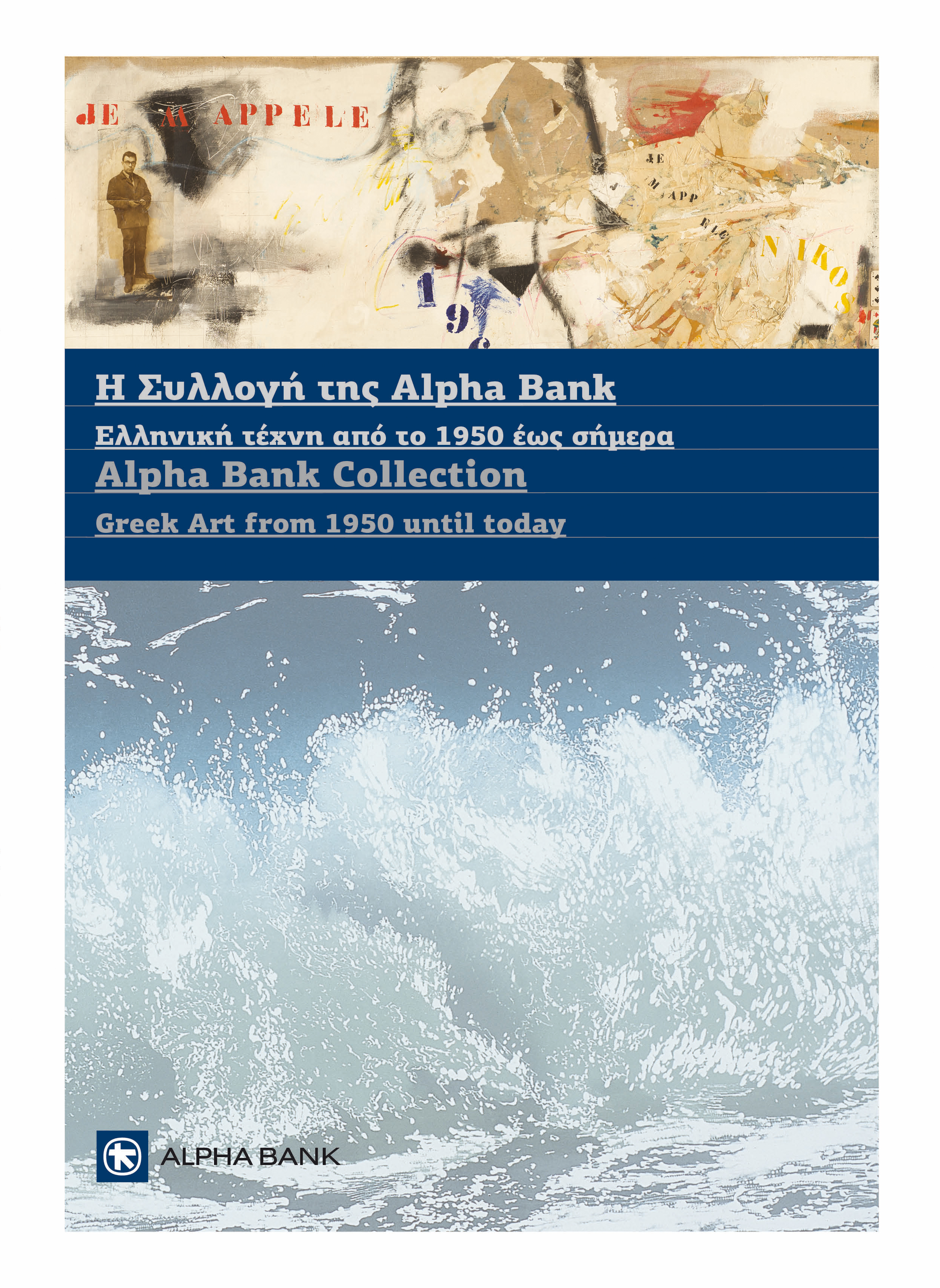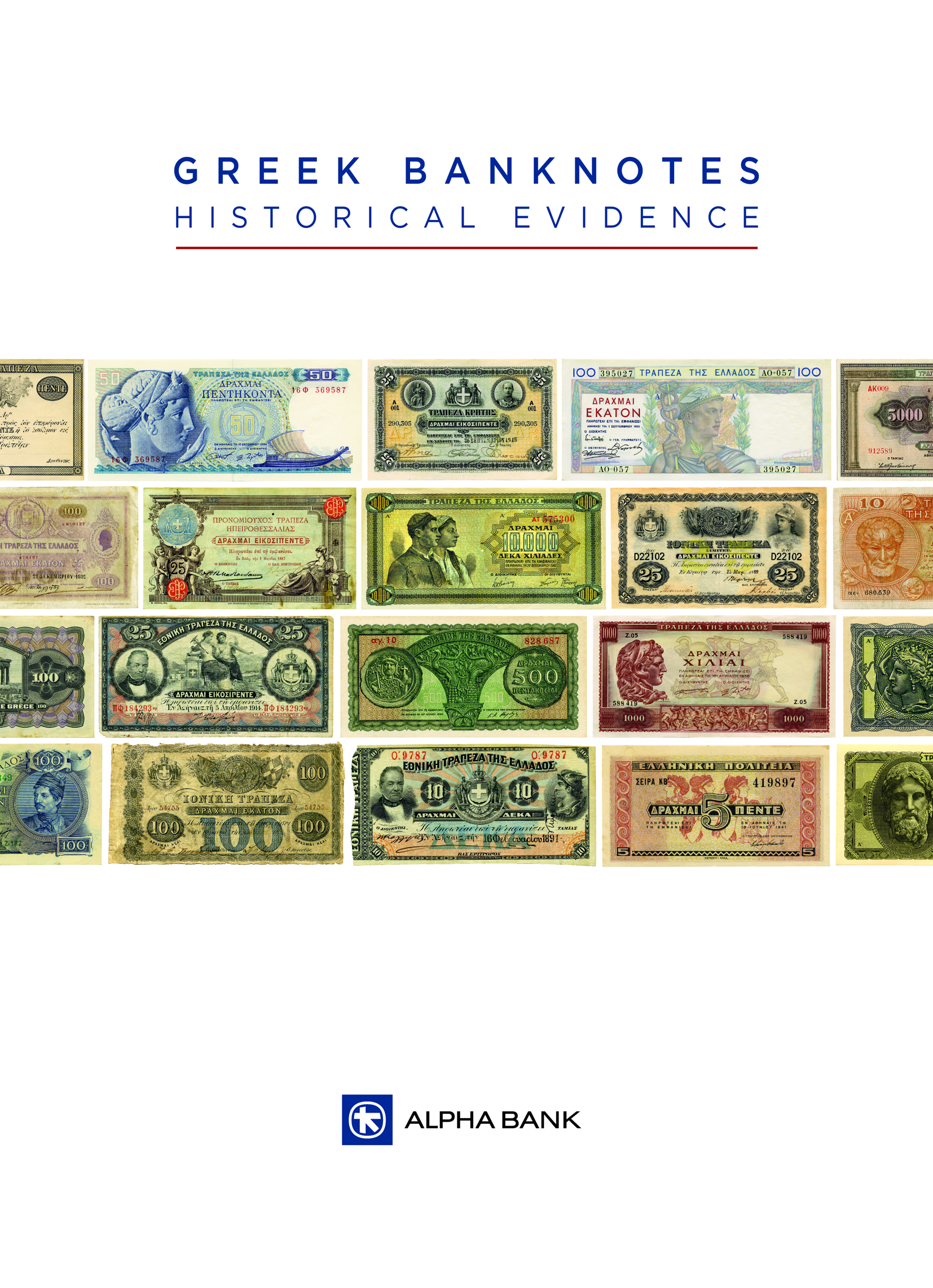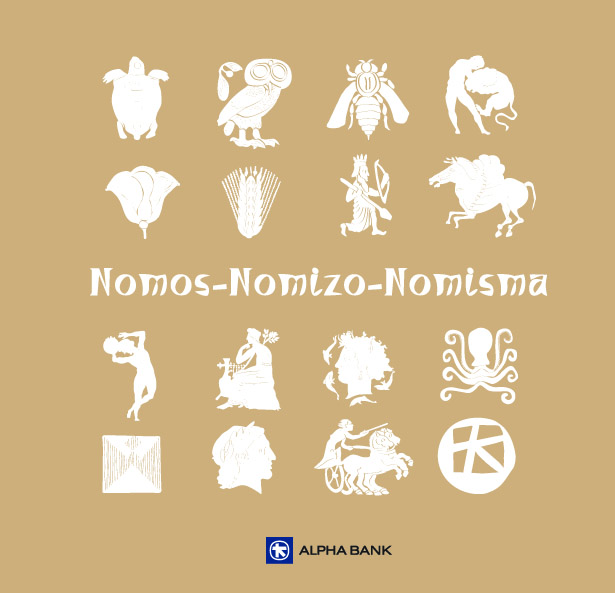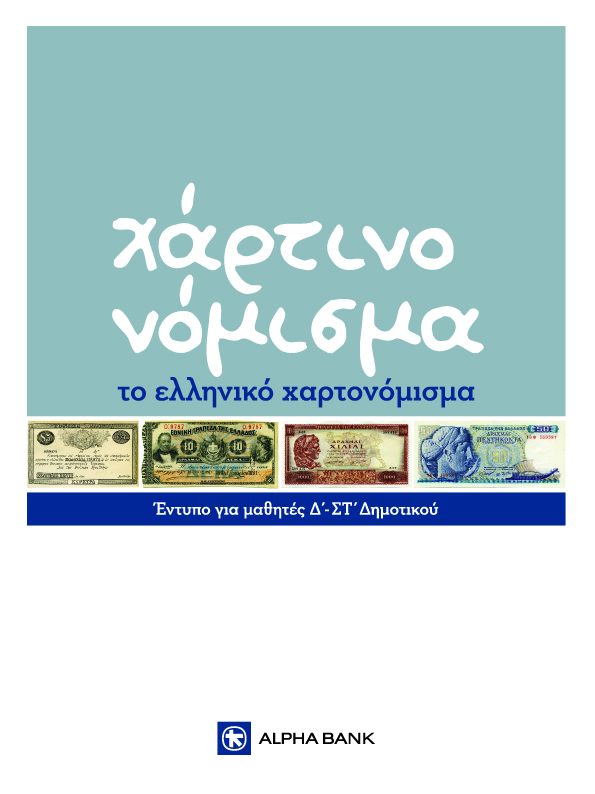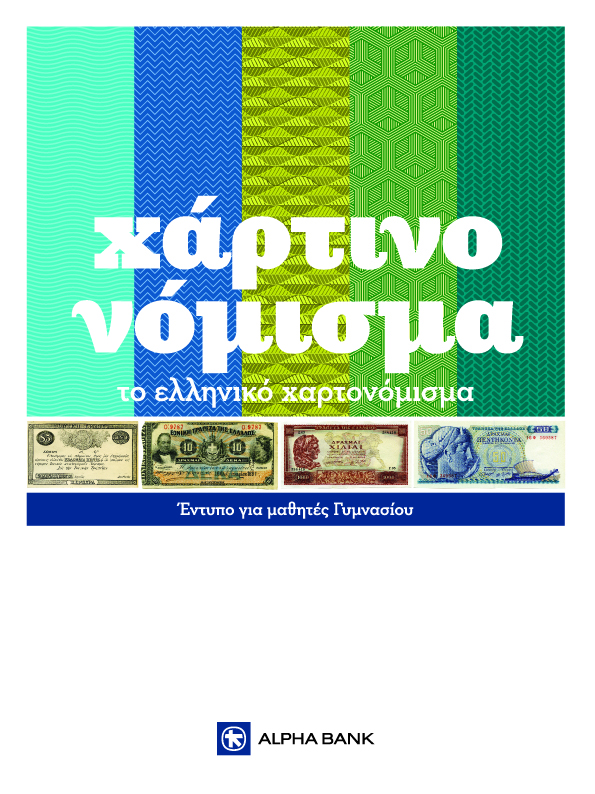Year published: 2017
Money. Tangible Symbols in Ancient Greece
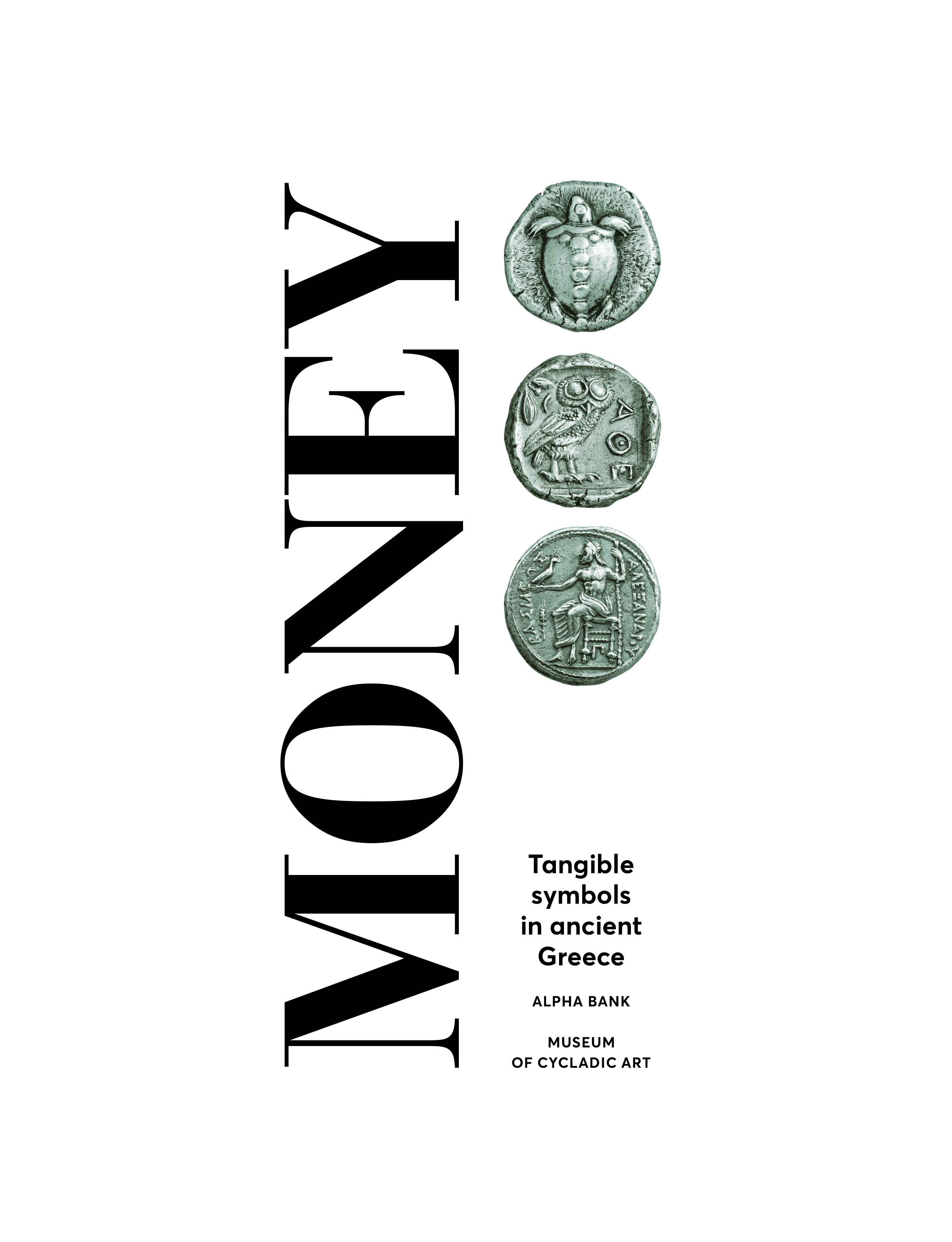
The publication Money. Tangible Symbols in Ancient Greece accompanied the same-titled exhibition hosted at the museum of Cycladic Art in Athens. It contains 253 entries and photos of ancient coins and other objects. The publication demonstrates how coins were a powerful means of symbolism and how they were used to convey messages and ideas.
- Edited by: Nicholas Chr. Stampolidis, Dimitra Tsangari, Yorgos Tassoulas
- Language: Greek, English
- Year published: 2017
What the publication includes
The publication Money. Tangible Symbols in Ancient Greece presents a different side of coins, which first appeared in late 7th century BCE.
It includes 85 ancient coins from the Alpha Bank Numismatic Collection which converse with 168 other ancient artefacts: vases, figurines, statuettes, reliefs, inscriptions etc.
The catalogue of a major exhibition
The publication accompanied the exhibition “Money. Tangible Symbols in Ancient Greece” hosted by the Alpha Bank Numismatic Collection at the Museum of Cycladic Art in Athens in 2018.
A multifaceted approach
The publication presents how coins relate to various human activities. It is structured in 8 thematic sections:
- Money and transactions – Money is the result of a process that goes way back in time. It first appeared in late 7th century BCE in western Asia Minor and crossed over to the main Greek territories in the first half of 6th century BCE. Croesus, the Persians, Aegina, Athens, Philip II, Alexander the Great and others issued coins that dominated international transactions. They had specific names, which came down to us through inscriptions and literary accounts.
- Money and trade – Coins often depicted a local product that was a source of wealth for the issuing authority. Other coins had themes relating to seagoing trade (they depicted ships), as well as themes relating to metallurgy and arts (they depicted Hephaestus).
- Money and art – Coins even depicted material cultural creations representing the issuing authority’s worship, ideology, achievements and history.
- Money and history – Coins were also a means to communicate messages and news from the side of the issuing authority. The reference to specific historical facts or persons was yet another way for the authorities to spread their political message and promote the desired identity.
- Money and circulation of ideas – Coins also served as a means to circulate ideas. Certain abstract concepts (abundance, luck, victory) were conveyed with symbols or personified. Others (wealth, power) were implied by the choice of metal.
- Money and propaganda – Coins were also used as a visual communication tool. The issuing authority aimed at mild or even pure propaganda, serving personal, political, oppressive and military goals.
- Money and society – People used coins in their market transactions, as well as in other activities: as a “bribe” for the gods or as a means to satisfy the senses.
- Money and banks – The publication presents banking activity in ancient times, which goes hand-in-hand with the continuously increasing use of coins in the economy. It includes a hypothetical graphical representation of a bank in the Athenian agora of 2nd century BCE.
Edited by: Nicholas Chr. Stampolidis, Dimitra Tsangari, Yorgos Tassoulas
Publisher: Alpha Bank
Place and time: Athens, 2017
Dimensions: 30 x 23 cm
Pages (Greek edition): 396
Pages (English edition): 388
Cover type: Hardcover, Paperback
Greek ISBN: 978-960-93-9445-1
English ISBN: 978-960-93-9491-8
